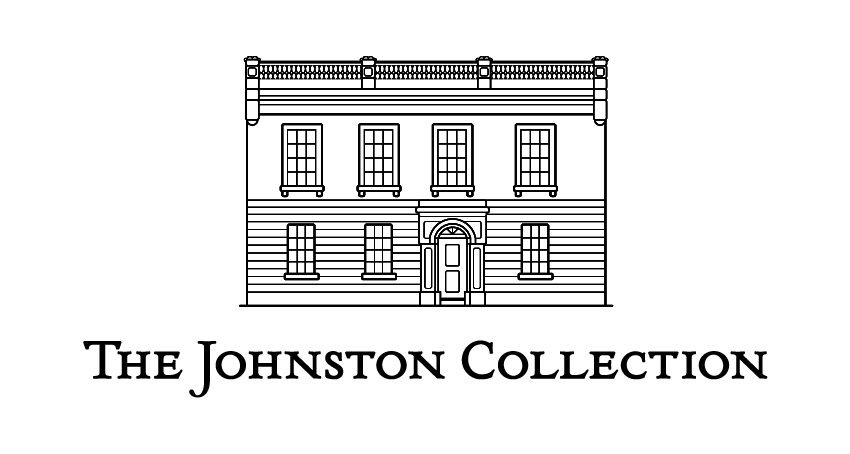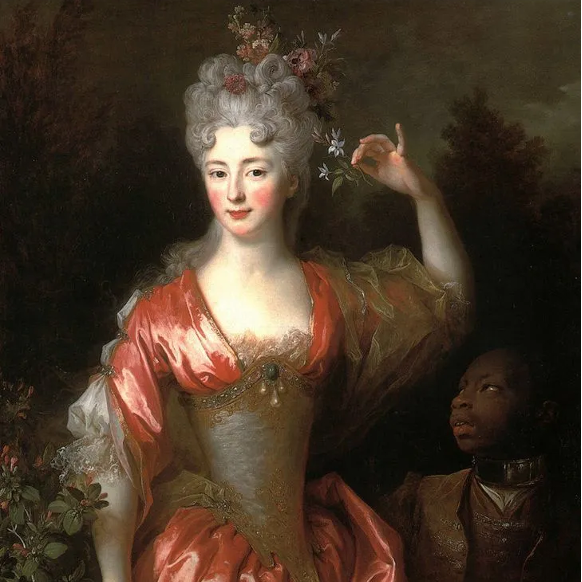Status, Scandal, and Home Decoration in Eighteenth-Century Paris with Dr Belinda Scerri
Friday 23 Jan 2026, 10:00 AM – 11:30 AM
Three houses. Two streets. One fashionable designer. And a network of widowed noblewomen who turned a Paris neighbourhood into their own sphere of influence.
In the newly fashionable Left-Bank faubourg Saint-Germain of 1730s Paris, something remarkable was happening. Elite women — many of them widows who had gained control of property and funds after their husbands' deaths — were clustering together geographically and reshaping domestic decoration in the process. The comtesse de Rupelmonde lived on rue Saint-Dominique; her friend the maréchale de Villars just one street away; their relatives and fellow ladies-in-waiting to the queen scattered within blocks.
As these women visited each other's homes, they didn't just take tea — they took notes. They commissioned the same architect, Nicolas Pineau, to create mirrored salons which reflected both cutting-edge taste and their interconnected social world. Building contracts reveal these women weren't passive clients but active patrons, initialling changes to materials and personally overseeing construction at a time when widows’ actions were constrained by social mores.
Explore how physical proximity between women created a decorative movement, and how the sometimes-modest homes of widows became showcases of female agency — proving that in eighteenth-century Paris, when it came to home comforts, these women knew to keep their friends close and their enemies closer.
Dr Belinda Scerri teaches Art History in the School of Culture and Communication at the University of Melbourne. Her research examines critical ornament in early-eighteenth-century secular French architecture and decoration. Belinda is a fellow of the Centre of Visual Arts and of the UCLA Center for 17th and 18th Century Studies.
This program is supported by The Colin Holden Charitable Trust.
Your ticket includes tea or Market Lane coffee served before the lecture, and time to browse our exclusive range of books, gifts, and homewares at TJC Emporium.
This lecture is presented on-site at The Johnston Collection. Please see your ticket for details. NOTE: Tickets for this event do not include access to our exhibition-house, Fairhall. Guided tours of the current exhibition can be booked separately.
Image: Nicolas de Largillière, Portrait of the comtesse de Rupelmonde with an Enslaved Man (detail), c. 1707. Private Collection, United Kingdom.
Book Tickets
About US
Explore
Contact
VISIT
See our VISIT page for hours and directions
BY PHONE
+61 3 9416 2515
BY POST
PO Box 79, East Melbourne VIC 8002
ONLINE
General enquiries
Membership enquiries
Shop
Donation enquiries
Subscribe to E-Newsletter




